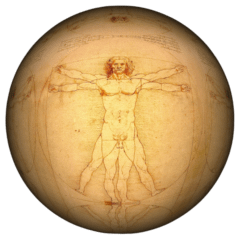The tomb of Pharaoh Seti I of the Nineteenth Dynasty, also known by the name “Belzoni’s tomb” is one of the most decorated tombs in the valley, and is one of the largest and deepest tombs in the Valley of the Kings. It was uncovered by Italian archaeologist Giovanni Battista Belzoni. Its walls have text and images of the Book of Gates and one part of it describes different races of humanity known to the Egyptians, dividing them up into four categories that labelled “Reth” (Egyptians), “Aamu” (Asiatics), “Nehesu” (Nubians), and “Themehu” (Libyans). The walls are heavily decorated with symbols of the Pharaoh, like those of Ma’at, the Opening of the mouth ceremony, the Book of The Dead and the Book of The Heavenly Cow.
Belzoni found the wall paintings in excellent condition with the paint on the walls still looking fresh, and some of the artists’ paints and brushes still on the floor. Unfortunately, he damaged some of the paintings in an attempt to copy them, and the tomb was flooded at some other time.
FURTHER READING AND SUGGESTED VIDEOS:
https://www.wikiwand.com/en/Ancient_Egyptian_race_controversy

